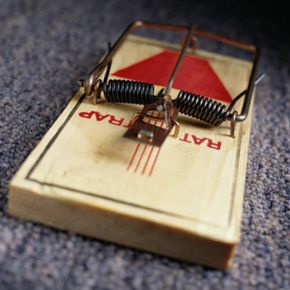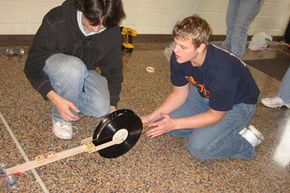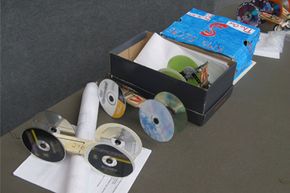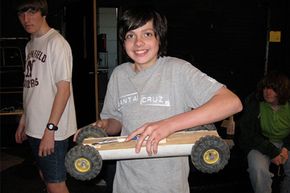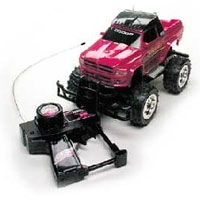If you've ever used a spring-release mousetrap for its intended purpose -- or had your finger clamped in its explosive grasp -- you know how amazingly powerful such a tiny package can be.
But did you know that the same power can be harnessed to propel a car?
Advertisement
OK, so it has to be a very small car, but that doesn't diminish in any way the coolness of the fact it needs neither batteries nor fuel. You power it by simply setting the trap and let it loose by springing the trap.
Lots of variations of mousetrap-powered cars have, ahem, sprung up: People have built designs with two, three and four wheels, and out of a variety of materials. Builders have reported achieving distances of close more than 300 feet (91.4 meters) with a single press of the trap.
If you're looking for a neat school project, an activity that's more hands-on than video games or a way to put those old Victor-brand traps to work on a peaceful purpose, try building a mousetrap-powered car!
This article will look at how these physics lessons on wheels work, as well as ways you can build your own and maybe even be the "Big Cheese" on your block when it comes to making things that go.
To learn about how mousetrap-powered cars are designed, read the next page.
Advertisement
